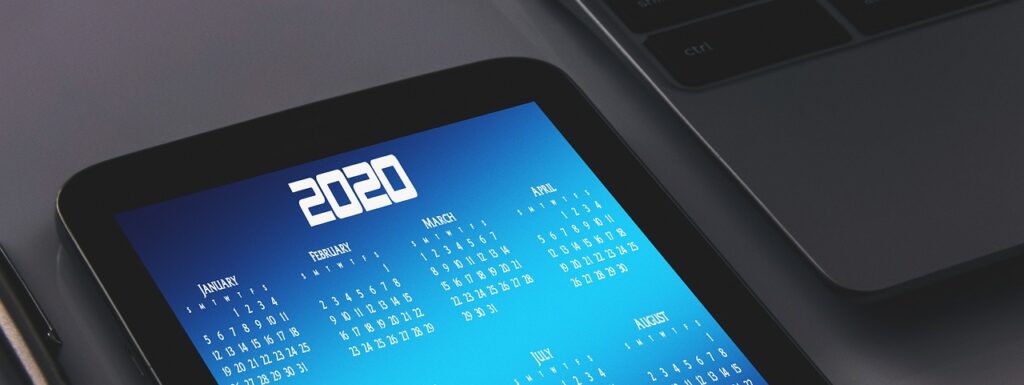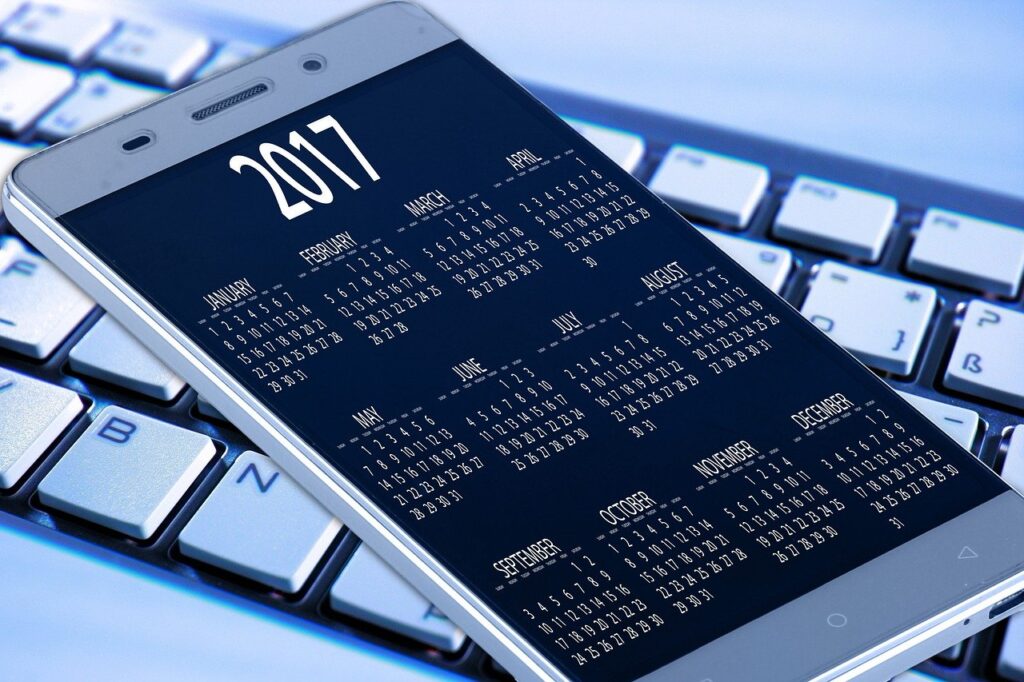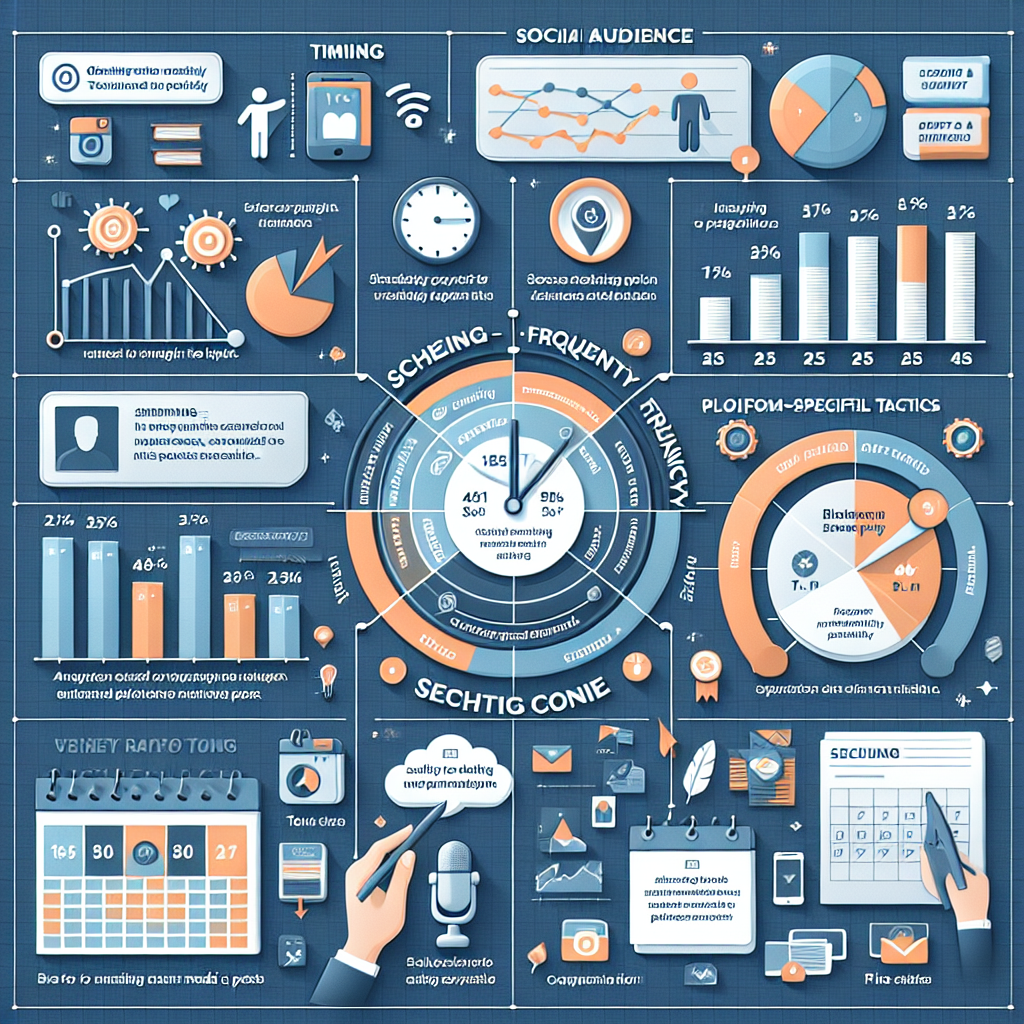What Are The Best Practices For Scheduling Social Media Posts?
In today’s digital age, social media has become an essential platform for businesses and individuals alike to connect with their audience. However, managing multiple social media accounts can be time-consuming and overwhelming. That’s where scheduling social media posts comes in handy. By strategically planning and organizing your posts in advance, you can save time and ensure consistent engagement with your followers. In this article, we will explore the best practices for scheduling social media posts, helping you optimize your online presence effortlessly.

Optimal Posting Times
Consider Your Target Audience
When it comes to scheduling social media posts, one of the most important things to consider is your target audience. You want to ensure that your content reaches the right people at the right time. Take some time to understand your audience’s demographics, interests, and behaviors. This will allow you to tailor your posts and determine the optimal times to reach them.
Analyze Social Media Insights
To determine the best times to schedule your social media posts, it is essential to analyze the insights provided by each platform. Most social media platforms offer analytics tools that provide valuable information about when your audience is most active. By studying these insights, you can identify patterns and trends that reveal the optimal posting times for your specific audience.
Experiment and Track Engagement
While analyzing social media insights is a great starting point, it is also crucial to experiment and track the engagement of your posts. Test different posting times and observe how your audience responds. Keep a close eye on the number of likes, comments, and shares your posts receive at different times of the day or week. This will give you a better understanding of when your audience is most likely to engage with your content.
Content Strategy
Plan Ahead
Having a well-thought-out content strategy is key to successful social media scheduling. Take the time to plan your content in advance, ensuring that it aligns with your overall marketing goals. Create a content calendar that outlines the topics, formats, and posting schedule for each platform. This will not only help you stay organized but also enable you to maintain consistency and maximize the effectiveness of your social media efforts.
Maintain Consistency
Consistency is the key to building a strong presence on social media. When scheduling your posts, aim to maintain a consistent posting frequency across platforms. This not only helps your audience know what to expect but also increases your chances of being seen and remembered. Regularly posting high-quality content will establish your brand as a reliable source of information and keep your audience engaged.
Mix Up the Types of Content
Variety is vital in keeping your audience engaged and interested. When scheduling your social media posts, make sure to mix up the types of content you share. Beyond simply text-based posts, consider incorporating images, videos, infographics, polls, and more. This will not only diversify your content but also cater to different preferences and capture your audience’s attention in various ways.
Automation Tools
Use a Social Media Management Platform
To streamline your social media scheduling process, consider using a social media management platform. These tools provide a centralized location where you can manage all your social media accounts, schedule posts, and analyze performance. By using a social media management platform, you can save time and effort while ensuring that your posts are delivered at the optimal times.
Leverage Scheduling Features
Most social media management platforms offer scheduling features that allow you to plan and schedule your posts in advance. Take advantage of these features to plan your content calendar ahead of time and schedule posts to be published automatically. This automation ensures that your posts go out at the right times, even if you are busy or unable to access your accounts.
Consider Integrations
When choosing a social media management platform, consider its integration capabilities. Look for platforms that integrate with other tools and platforms you use, such as content creation tools or customer relationship management software. This integration can further streamline your social media scheduling process and provide you with valuable insights and data to inform your strategy.
Frequency of Posting
Find the Right Balance
Finding the right balance in terms of posting frequency is crucial for effective social media scheduling. While it is important to stay active and engaged with your audience, bombarding them with excessive posts can lead to annoyance and unfollows. Aim to find a frequency that works for your audience and your resources. Consistently providing valuable content without overwhelming your audience is the key.
Avoid Overposting
While it can be tempting to post frequently, particularly when you have a lot of content to share, avoid overposting. Posting too frequently can result in your posts getting lost in the feed and your audience losing interest. It can also make your brand appear spammy. Instead, focus on quality over quantity and prioritize delivering valuable content that resonates with your audience.
Don’t Neglect Engagement and Interaction
While scheduling your social media posts is important, it is equally crucial to allocate time for engagement and interaction. Scheduling posts should not be seen as a replacement for actively engaging with your audience. Take the time to respond to comments, messages, and mentions. Show genuine interest in your audience’s thoughts and opinions, and foster a sense of community. This will not only strengthen your relationship with your audience but also increase the visibility and reach of your posts.

Tailored Content for Each Platform
Customize Posts for the Platform
Each social media platform has its own unique features and audience preferences. When scheduling your social media posts, make sure to customize your content for each platform. Tailor your posts to fit the platform’s format and optimize them for maximum engagement. For example, on Instagram, prioritize visually compelling content, while on Twitter, focus on concise and engaging text-based posts.
Consider Platform-Specific Features
To optimize your social media scheduling, take advantage of platform-specific features and tools. Platforms like Facebook, Instagram, and Twitter offer features such as stories, polls, live videos, and hashtags. Incorporating these features into your scheduled posts can boost engagement and make your content more discoverable.
Optimize Content for Each Platform
In addition to customizing your posts for each platform, it is important to optimize your content for maximum impact. This includes using appropriate hashtags, tagging relevant accounts, and using compelling visuals or concise captions. By tailoring your content and optimizing it for each platform, you can increase the visibility and effectiveness of your scheduled posts.
Utilize Analytics and Data
Analyze Performance Metrics
To evaluate the success of your social media scheduling efforts, regularly analyze and measure performance metrics. Most social media platforms provide analytics tools that offer valuable insights into your post’s reach, engagement, and audience demographics. By analyzing these metrics, you can identify the types of content, posting times, and platforms that resonate most with your audience.
Use Insights to Improve Strategies
Don’t just collect data; use it to inform your social media scheduling strategies. Pay attention to patterns and trends revealed in your analytics and adjust your content strategy accordingly. For example, if you notice that your audience is most active in the evenings, consider scheduling more posts during that time. By leveraging insights and data, you can continuously improve your social media scheduling and maximize your results.
Stay Updated on Trends
Social media trends are constantly evolving, so it is vital to stay updated. Pay attention to industry news, follow thought leaders, and monitor what your competitors are doing. By staying informed, you can adapt your social media scheduling strategies to remain relevant and capitalize on emerging trends. Being aware of what’s happening in the social media landscape allows you to be proactive and innovative in your scheduled posts.

Engage with the Audience
Respond to Comments and Messages
Engagement is a crucial aspect of social media success. When you schedule your posts, make sure to set aside time to respond to comments and messages promptly. Engaging with your audience shows that you value their input and helps build a sense of community. Responding to comments and messages also increases the visibility of your posts and encourages more interactions.
Ask Questions and Encourage Discussion
A great way to foster engagement is by asking questions and encouraging discussion in your scheduled posts. Sparking conversation and inviting your audience to share their thoughts creates a sense of involvement and makes your content more interactive. This not only boosts engagement but also provides valuable insights into your audience’s preferences and interests.
Monitor Brand Mentions
As part of your social media scheduling strategy, it is important to monitor brand mentions. Keep an eye on both direct mentions of your brand and relevant industry keywords. This allows you to engage with users who are talking about your brand or industry and respond to any questions or feedback. Monitoring brand mentions helps you stay connected with your audience and demonstrates that you are attentive and responsive.
Testing and Optimization
A/B Testing for Different Elements
A/B testing is a valuable technique for optimizing your social media scheduling strategy. Test different elements of your posts, such as headlines, visuals, or call-to-action buttons, to see which versions perform better. By experimenting and analyzing the results, you can refine your content and scheduling approach to maximize engagement and achieve better outcomes.
Optimize Posting Times and Frequency
Continuously optimizing your posting times and frequency is essential for social media success. Use the insights and data you gather to refine your scheduling strategy and find the sweet spot for reaching your audience. This may involve tweaking your posting times or adjusting your frequency based on audience engagement and preference.
Measure and Adjust Strategies
To ensure that your social media scheduling is effective, regularly measure and adjust your strategies. Keep track of key metrics such as reach, impressions, engagement rate, and click-through rate. If you notice any inconsistencies or areas for improvement, don’t hesitate to adjust your content or posting schedule accordingly. Learning from data and making adjustments will help you refine your social media scheduling over time.

Consider Time Zones
Adapt to Your Target Audience’s Time Zones
When scheduling social media posts, it is crucial to consider your target audience’s time zones. If your audience is spread across different regions or countries, adjust your posting times to align with their local time. This ensures that your content reaches your audience at the most convenient and relevant times, maximizing engagement and visibility.
Don’t Overlook Global Considerations
In addition to adapting to your target audience’s time zones, don’t overlook global considerations. Social media has global reach, and your posts may attract an international audience. Consider the time zones of major markets or regions that you want to target and adjust your scheduling accordingly. By catering to different time zones, you can expand your reach and connect with a broader audience.
Use Analytics to Identify Peak Times
To determine the optimal posting times across different time zones, utilize analytics. Analyze the engagement metrics of your posts in different regions to identify peak times when your audience is most active. By leveraging this information, you can schedule your posts to capture the attention of your audience, regardless of their location.
Keep up with Industry Trends
Monitor Competitors and Influencers
Staying up-to-date with industry trends is essential for effective social media scheduling. Monitor what your competitors are doing and learn from their successes and failures. Follow influencers and thought leaders in your industry to stay informed about emerging trends and strategies. By keeping an eye on the competition and learning from industry leaders, you can constantly evolve your social media scheduling approach.
Stay Updated on Social Media Changes
Social media platforms are dynamic, with regular updates and changes in algorithms and features. Stay updated with these changes to optimize your scheduling strategy. Follow platform updates, review new features, and adjust your tactics accordingly. By staying ahead of the curve, you can leverage new opportunities and maintain a competitive edge.
Adopt New Features and Trends
In addition to staying updated, be proactive in adopting new features and trends. Platforms often introduce new features that can enhance your social media posts and engagement. Experiment with these features and incorporate them into your scheduling strategy if they align with your goals and audience. Embracing new features and trends demonstrates that you are innovative and in tune with the latest social media practices.
By following these best practices and effectively scheduling your social media posts, you can optimize your presence, engage your audience, and achieve your marketing objectives. Remember to tailor your content, experiment with posting times, leverage analytics, and stay informed about industry trends. With a thoughtful and strategic approach to social media scheduling, you can make the most of your online presence and effectively connect with your audience.





